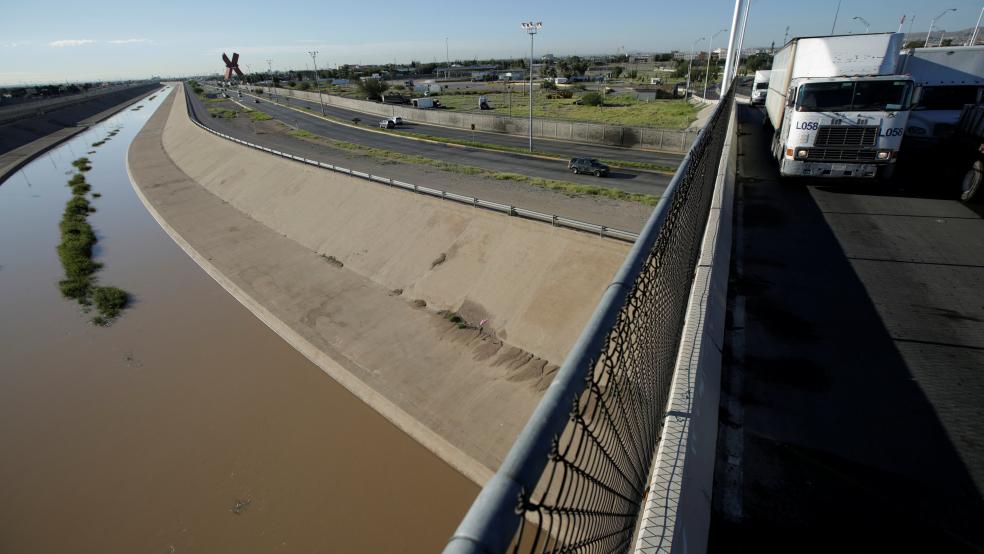* June 10, 1990: U.S. President George H.W. Bush and Mexican President Carlos Salinas de Gortari issue a statement endorsing a new, comprehensive free trade pact between the two neighbors, ordering talks to begin. Canada would join the talks in 1991, paving the way for three-way negotiations. The United States and Canada inked a bilateral free trade deal in 1988.* Nov. 3, 1992: Running as an independent for president in the United States, Ross Perot claims the proposed North American Free Trade Agreement (NAFTA), would lead to a "giant sucking sound" of jobs rushing to Mexico. Bill Clinton wins the election, defeating incumbent Bush. Perot wins 19 percent of vote to place a strong third. * Dec. 17, 1992: NAFTA is signed by outgoing Bush, Mexico's Salinas de Gortari and Canadian Prime Minister Brian Mulroney, creating the world's largest free trade area. The timing was, in part, aimed at making it harder for President-elect Clinton to pursue major changes; Clinton had endorsed the deal but insisted on environmental and labor side agreements.* Jan. 1, 1994: NAFTA comes into effect, and a Mayan Indian guerrilla army in southern Mexico launches an armed rebellion against "neo-liberalism" and explicitly against the free trade deal. The declaration of war against the Mexican government leads to days of fighting and dozens of deaths before the rebels retreat into the jungle.* Nov. 30, 1999: Tens of thousands of anti-globalization protesters converge on the U.S. city of Seattle, leading to widespread rioting coinciding with a ministerial conference of the World Trade Organization, which was seeking to launch new international trade talks. The protests underscore growing, if scattered, opposition to free trade deals like NAFTA.* July 16, 2004: Senior trade officials from Canada, the United States and Mexico issue a joint statement touting a decade's worth of expanded trade in North America. Three-way-trade more than doubled to reach $623 billion while cumulative foreign direct investment increases by over $1.7 trillion compared to pre-NAFTA levels.* Dec. 11, 2001: China formally joins the World Trade Organization, integrating the Asian giant more deeply into the global economy. Easing trade with China intensifies a trend that had been seen since NAFTA came into effect as the U.S. trade deficit soared to more than $800 billion by 2006.* Jan. 1, 2008: NAFTA is fully implemented as the last of its polices come into effect. In many sectors, NAFTA stipulates that trade barriers would only gradually be phased out, which was designed to smooth economic shocks in vulnerable industries. By this time, trade within the three North American nations has more than tripled since NAFTA began. * July 19, 2016: Billionaire businessman and political outsider Donald Trump formally clinches the Republican presidential nomination, winning the traditionally pro-free-trade party's nod in part by denouncing NAFTA, calling it "the worst trade deal ever." * Aug. 16, 2017: High-stakes talks aimed at "modernizing" NAFTA kick off in Washington, with both U.S. and Mexican officials aiming to conclude a new pact in early 2018 before elections later in the year in both nations might derail negotiations. A second round of talks is due to take place in Mexico in September. (Reporting by David Alire Garcia)
Opposed from the start, the rocky history of NAFTA

Edgard Garrido



